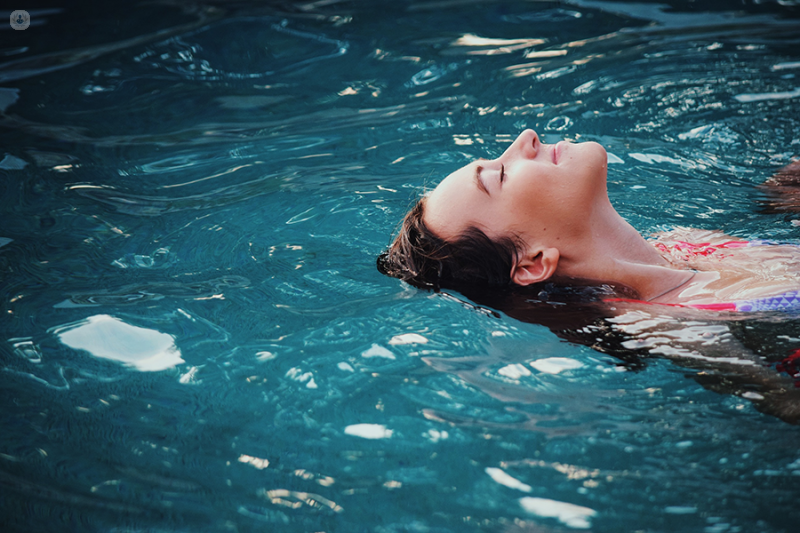Otomycosis
Mr Harry Powell - Otolaryngology / ENT
Created on: 02-03-2016
Updated on: 03-23-2023
Edited by: Aoife Maguire
What otomycosis?
Otomycosis is a fungal infection of the outer ear. There are many types of fungus that can cause an ear infection, the most common being Aspergillus and Candida.
Due to the warmth and moisture that fungi require to grow, otomycosis is most commonly seen in hot and humid climates, particularly during the summer. It is also more common among people who play water sports or go diving. Finally, you are more vulnerable to otomycosis if you have a weakened immune system, eczema, or you have had injury or surgery to the ear.

What is the prognosis?
Generally, the infection will respond well to treatment. It can take longer to recover if you use a cotton bud to 'clean out' the ear.
Unfortunately, the infection is likely to recur if you return to the environmental conditions that cause it, such as going straight back to water sports. You are also more likely to have further infections if your body’s ability to fight off infections is weakened. This can be the case if you have a condition such as diabetes or AIDs.
Symptoms of otomycosis
Common symptoms of otomycosis include:
- pain around the outer ear
- redness and itching
- swelling
- hearing problems
- discharge from the ears – this could be white, yellow, green or black
How is otomycosis diagnosed?
If you go to the GP with the symptoms above, they are likely to suspect a bacterial infection and will initially give you antibiotics as a first line of treatment. Antibiotics are ineffective against a fungal infection, so if you have recently practised water sports in a tropical climate and you suspect it could be fungal, it’s important to let your doctor know about this.
To diagnose otomycosis, the doctor can take a swab of your ear and have this tested in the laboratory for any fungi or bacteria.
Can otomycosis be prevented?
The main steps you can take to prevent otomycosis are:
- try to prevent water getting in your ears when swimming or surfing. Special swimming caps or ear plugs are available to purchase online or in sports shops.
- try to avoid swimming in contaminated water.
- dry your ears thoroughly after swimming and after showering
- avoid using ear buds in your ears
How is otomycosis treated?
At first, the doctor is likely to clean your ear first using swabs and a syringe. This may need to be carried out several times.
You will then be prescribed antifungal ear drops to take regularly. You will be told how quickly to expect results and when to come back if you don’t notice any improvement.
Finally, you will receive some advice on what to do yourself to help the infection improve, including activites to avoid.
